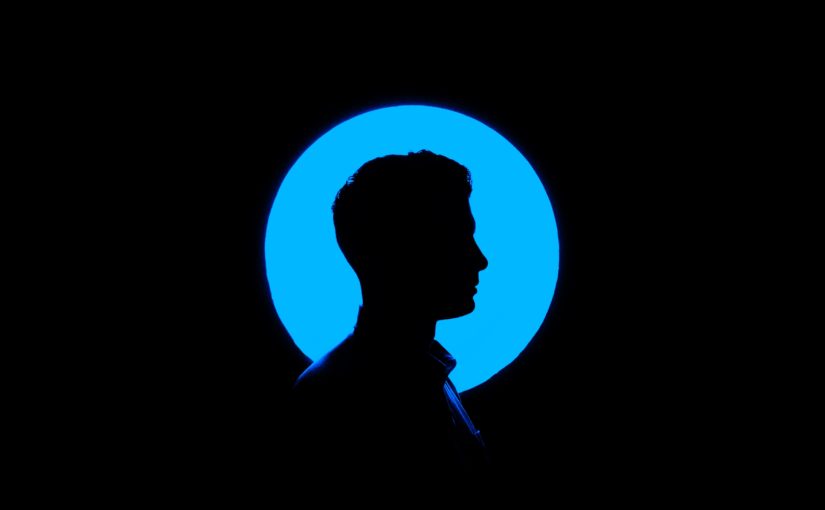Over the past year, we have seen an explosion in the use of artificial intelligence, or AI, across multiple industries. With all of the advantages that AI has to offer, there is no denying that it is truly transforming the way creatives work. Artificial intelligence has enabled new ways of creating art and copy while freeing professional creatives from mundane or repetitive tasks. It’s also motivating some creatives to reimagine work — reframing challenges through the lens of new AI capabilities and rethinking procedures in current creative processes.
The spotlight on generative AI is only getting brighter, but this new technology poses considerable questions for designers whose primary role is based on creative, compelling visuals.
Will creatives need generative AI to succeed in the future? What sort of prompting will elicit the best generative AI output? Does generative AI even need designers to become and stay meaningful?
AI Disrupting Conventional Methods
Creativity has long been viewed as a uniquely human quality, forging new ways of thinking, unlocking new patterns, and using empathy. With applications like ChatGPT enabling rapid content creation and Midjourney driving an explosion of AI-generated art and images, many worry that human’s claim to creativity may become a thing of the past. In the time since these technologies flooded the market, we are already seeing changes in how people create audio, text, and even written content. The reaction to generative AI is mixed.
Generative AI in Non-Creative Roles
For those outside of traditionally creative professions, generative AI has significantly lowered the barrier to entry for writing, designing, and crossing the boundaries of their creativity. That said, most agree that creative output through AI tools lacks the emotional aspect of content produced by humans and only benefits from human involvement.
Artificial intelligence has wholly disrupted art and copy alike in the content-creation economy.
For individuals who work in content-creation roles — such as copywriters, designers, UX experts, or marketing communications professionals — the introduction of generated AI into creative processes has helped to increase the volume of written content, idea generation, and visual output.
How Generative AI is Changing Creative Work
When it comes to generative AI and creativity, there are several ways that individuals and industries of all sizes are taking advantage of this transformational tool. We see countless businesses utilize artificial intelligence to own and accelerate the end-to-end process. Generative AI is expanding how we create by empowering businesses, from ideas to tests to personalization for every customer.
Artificial intelligence has eliminated some technical constraints for those with more ideas than resources, allowing creatives to design and execute complete experiments without relying on an entire team to accomplish them. As more individuals turn to artificial intelligence, we will continue to see a rapid iteration in creativity.
The Benefits of Generative AI and Creativity
1. Increased productivity: Artificial intelligence allows creators to increase the number of images and words created instantly. Many individuals utilize this technology at all content-creation stages, from start to finish.
2. Overcoming creative blocks: Many find that artificial intelligence enables them to fill in the gaps when creating alternative product versions. AI effectively allows creatives to overcome production bottlenecks and combat unavailable resources with little effort.
3. More sophisticated options: Given the speed of artificial intelligence, creatives can generate words, content, and even code at a much higher volume. This gives them many different ways to create art in the digital space.
4. Idea generation: We’ve all experienced brain fog or struggles while brainstorming ideas for content. With artistic creativity in artificial intelligence, AI can provide creatives with various ideas for any project, allowing professionals to work more efficiently.
5. Automation: Through pattern-driven design — such as subject lines, header image creation, old images, meta descriptions, and even module designs — we can expect some sense of automation moving forward.
Generative AI will continue to actively learn from prompts and inputs, evolving through increased use from those committed to understanding how to work with AI models and derive value from AI. Regarding the future of creative work, we expect artificial intelligence to enhance, rather than replace, human-generated content.
What to Watch For in Generative AI Models
In the short term, how creatives interact with AI models will also change. By refining our interactions, creatives will steer AI models to produce more consistent, desired outcomes that meet brand standards, achieve communication goals, and cater to specific challenges and business needs.
We’ll evolve from simply generating more art and copy to creating valuable, usable assets. You only need a creative mind, access to AI tools, and an openness to exploring AI to get there.
Very soon after, how we frame and phrase problems and challenges to AI will become more critical than prompting. As AI learns, it becomes more intuitive and adept at understanding natural language. Problem formulation — the ability to identify, analyze, and describe problems — will move the forefront of interactions with AI. And this should feel familiar: We no longer need to put search terms in parentheses or use keywords to surface relevant content on the internet.
The Future and Beyond
Finally, digital asset management may become challenging due to the significant increase in digital assets created by artificial intelligence and limited documentation around ownership since it’s so new. Plan on discussing the governance and maintenance of content if you’re starting to use generative AI at work. You’ll want to think through content ownership and attribution, storage, and licensing terms (similar to rights-managed content). Work with your legal team so they can develop a point of view and terms of service, especially if you’re at an agency doing work on behalf of a client.
Artificial intelligence allows you to make more personalized and relevant content, which can benefit everyone around you. We expect that a hybrid approach to creation will be the future norm. Undoubtedly, it will be fascinating to see the value of “human-made.” As more and more people continue to utilize artificial intelligence, it will become less of a disruptor. People will likely boost productivity while viewing it more as a creative partner than a complete replacement.
Moving forward, independent contractors and agencies adopting AI early on are more likely to stand the best chance of success as the economy evolves. If you are a creator who is curious about AI, now is a perfect opportunity to step up and stand out as an emerging expert in this exciting field.
Featured Image Credit: Provided by the author; Photo by Ben Sweet; Unsplash; Thank you!

















